Key Takeaways from the Largest North American Circular Economy Conference

It was a momentous moment in Minneapolis last week as more than 800 people convened for Circularity 19, the largest conference in North America devoted to advancing the circular economy. In acknowledging the world’s finite resources and increasingly volatile supply chains, transitioning to a system that keeps valuable materials in circulation at their best and highest use has become a no brainer. In fact, it’s what many companies have been doing for a long time; Caterpillar has been remanufacturing products since the nineties.
Although not an entirely new concept, supporters of the circular economy are now reaching a critical mass. Consumers and companies alike want a more sustainable economic model. Now we have the appropriate framework: the circular economy. This doesn’t predicate itself on infinite resources; it reduces costs, creates jobs and protects our environment. From large brands like Google and 3M to students, NGOs, financiers and community activists, there was significant momentum behind Circularity 19.
Together, conference attendees watched startups pitch circular solutions such as reusable cup systems, explored the potential of materials marketplaces, and learned about transformational technologies that turn waste plastics back into the building blocks for new materials. All of these examples demonstrated the benefits of keeping valuable materials in circulation.
What was clear was that the circular economy isn’t a nice to have, it’s a need to have. Companies and individuals can’t afford to throw away the valuable rare earth elements in their phones or to ignore the intrinsic value of waste plastics that can reduce our dependence on oil extraction.
An overarching theme of Circularity 19 was around the power and responsibility that inevitably comes with advancing any new system; the importance of making sure the circular economy doesn’t suffer from the same ailments of the past linear “take-make-waste” system. Three areas in particular continued to come up in conversation:
The need for a just and equitable circular economy from the start
There needs to be a greater focus on the social elements of the circular economy; historically underrepresented groups, particularly lower income communities of color, are often disproportionately affected by environmental injustices. In a panel on Power, Privilege and Bias in a Circular Economy, speakers highlighted the importance of including everyone at the table from the very beginning, flagging the need for awareness and intentionality around what signals are being sent when developing a new system. There is also a need for thinking about how the success of circularity is measured from both a business and social standpoint; defining shared metrics for a truly regenerative, healthy, circular society is critical.
The importance of healthy materials and safe chemistry in the circular economy
It’s simple. In a circular economy valuable materials are kept in play, cycling in perpetuity, so the materials of choice must be safe and high quality. What does this really mean? Materials must be evaluated, tested and designed with their next life in mind – what happens when these materials come into contact with your skin? What about with the soil? If something is comprised of mixed materials, for example treated for flammability to serve a particular purpose in their first life, can these materials ever be food grade quality in their second life? These are the kinds of questions that were facilitated and fostered at Circularity 19, helping attendees to think through unintended consequences.
The urgent need for industries to collaborate outside of their comfort zones
A common thread throughout Circularity 19 was the need for unlikely bedfellows in order to achieve systemic, circular change. It takes more than just one industry. For example, the fashion industry can and must learn from the chemicals industry. The technologies emerging from the latter have important applications for the former, including chemical recycling technologies to process polyester garments at the end of their first life. Similarly, the tech industry has spent years investing in the development of RFID technologies and other tracking systems for the digital economy. But not enough organizations are applying these learnings to fashion. There is huge potential for weaving RFID technologies into garments so that stakeholders can keep track of their products’ lifecycles. Scanning tags and seeing that a garment is made of 100% linen and from a certain brand is valuable information that can influence the next life of a product – is it best for resale? Or is it best to recycle the product into fibers to create a new garment?
Throughout Circularity 19, it was encouraging to see how much progress has been made on circularity, as well as important to see how far we still have to go on this journey. By sharing knowledge and continuing to have productive conversations with diverse stakeholders, the conversation can be pushed forward. It was heartwarming to be a part of Circularity 19 this year and we look forward to Circularity 2020 in Georgia.
Related posts

Press Release
Closed Loop Partners Adds New Private Equity Managing...
Daniel Phan joins the circular economy-focused firm...
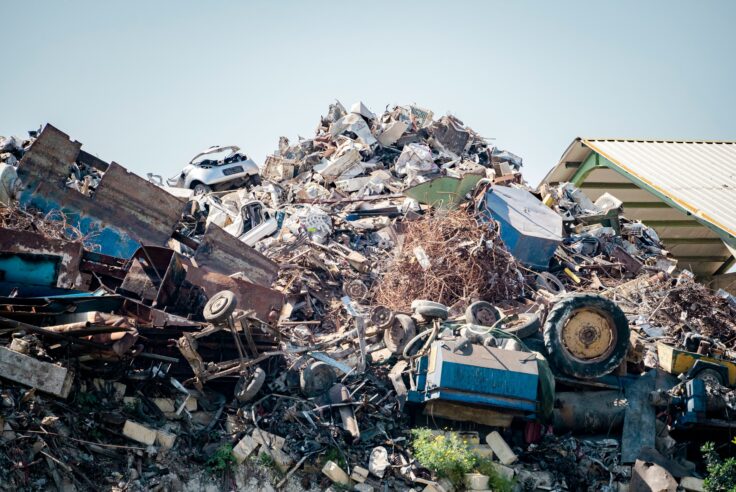
Blog Post
The Hidden Value of Scrap Metal: Why Local Recovery...
VALIS discusses circularity of metal processing, and...

Press Release
Closed Loop Partners’ Composting Consortium Launches...
The grant program for composters and communities comes...

Blog Post
How AI Can Reduce Food Waste at Restaurants
Closed Loop Ventures Group led the seed investment...
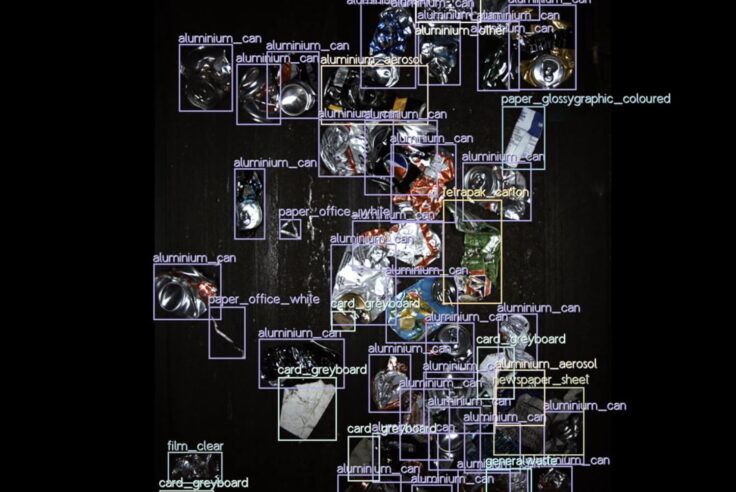
Press Release
New Data Reveals High Quantities of Food-Grade Polypropylene...
Closed Loop Partners’ Center for the Circular Economy...

Press Release
Closed Loop Partners and U.S. Plastics Pact Identify...
Packaging types primed for reuse lay the groundwork...
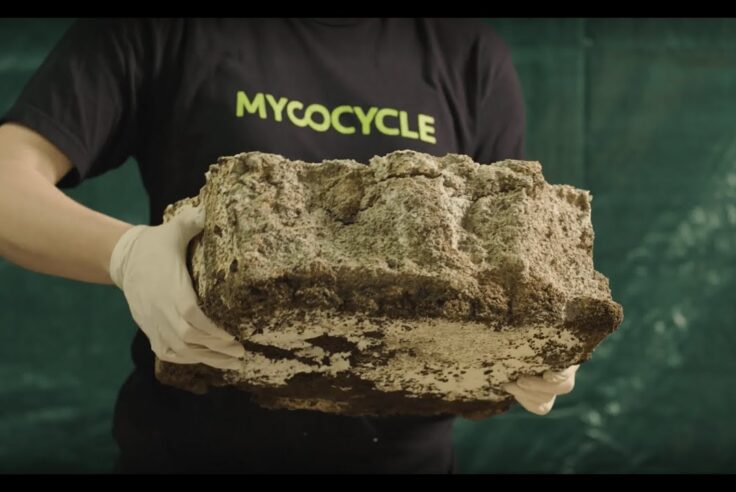
Blog Post
Why We Invested in Mycocycle: Nature-Inspired Circular...
Closed Loop Partners’ Ventures Group saw a key opportunity...
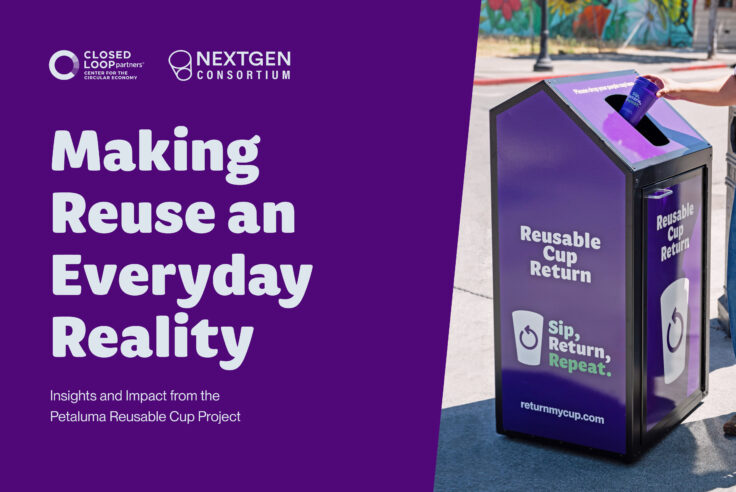
Press Release
Groundbreaking Results From Citywide Petaluma Reuse...
The Petaluma Reusable Cup Project from the NextGen...
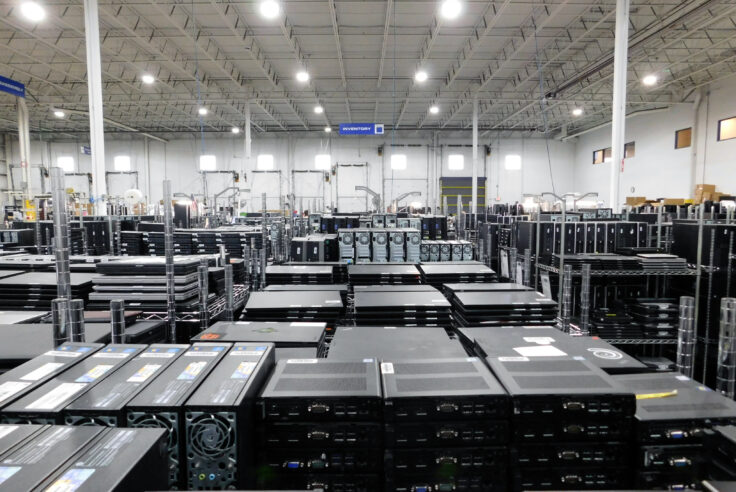
Press Release
Closed Loop Partners’ Portfolio Company, Sage Sustainable...
The bolt-on acquisition scales Sage’s end-to-end...

Press Release
Closed Loop Partners Unveils Groundbreaking Findings...
Closed Loop Partners’ Center for the Circular Economy...

Press Release
Capricorn Investment Group Backs Closed Loop Partners...
The partnership signals tailwinds behind the circular...

Blog Post
8 Tips to Navigate Life Cycle Assessments for Circular...
Closed Loop Partners’ Center for the Circular Economy...
